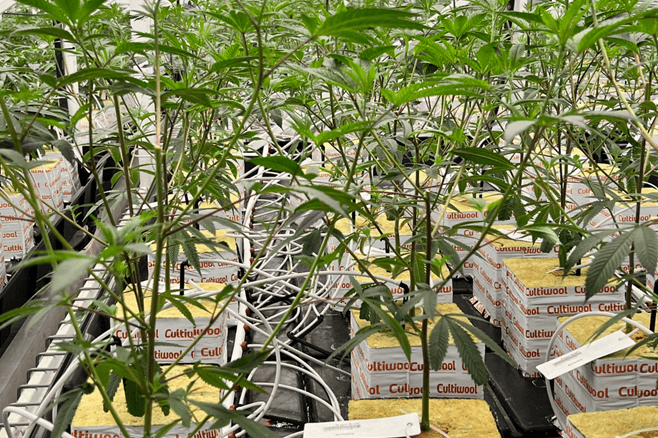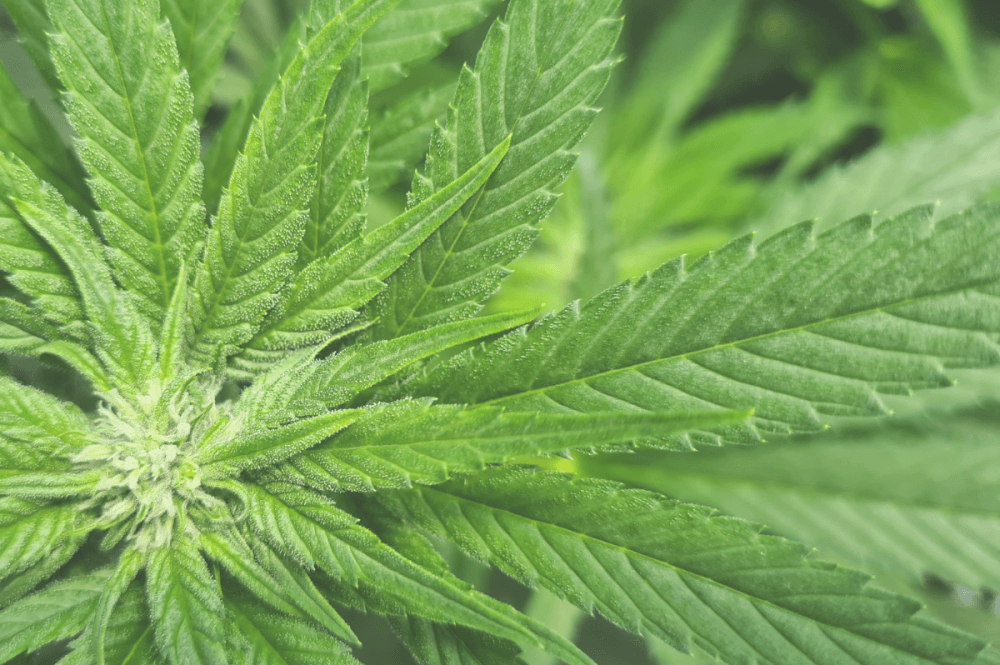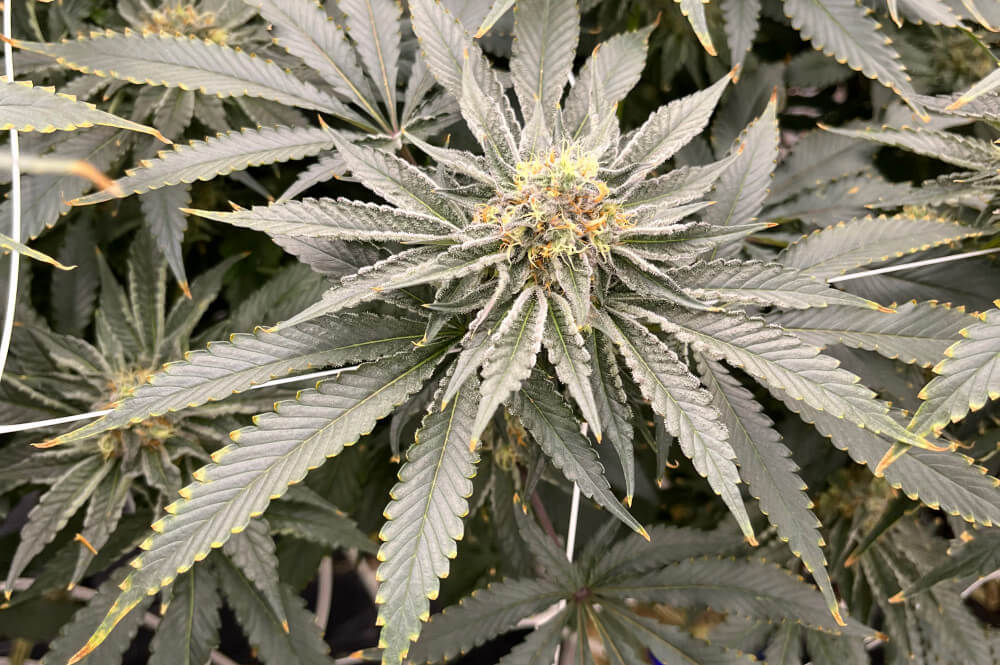
Precision Growing; What Should be Measured in the Substrate, How to Do That, and Why?
11 October 2022
Water Content, EC, and pH measurements in Stone Wool for Cannabis Cultivation.
The importance of WC, EC, and pH for cannabis cultivation was discussed in previous articles. As it was mentioned, there are several target levels to maintain in the stone wool; WC between 50 to 90%, EC of minimum 1.5 mS/cm in propagation, and about 2.5-2.8 mS/cm for the solution during vegetative to flowering (and an EC of the substrate between 3 to 6 mS/cm), and a pH between 5.5 to 5.8.
It is one thing to monitor the nutrient solution before it is given to the crop via the irrigation system, this can be done with the settings in the climate computer and the fertilization recipe. In addition you should measure the rootzone as a grower. This can be done by inserting specialized root zone sensors into the stone wool. This will allow close monitoring of the situation and conditions in the substrate and therefore the root zone of the plants.

The advantages of monitoring
There are many advantages of monitoring root zone conditions, such WC, EC & temperature directly in the substrate;
- Optimizing the irrigation and fertigation strategy.
- Gaining information and therefore having control over the dynamics in the root zone on a daily basis, thanks to te constant data logging and collection.
- Improving crop activity, quality and yield.
- Reducing input costs for water, fertilizer, pesticides & energy.
Why is it important to do substrate measurements?
First and foremost, the grower receives information that he or she can use to make considered decisions on the nutrition and irrigation scheme, and adjust accordingly. That can help reduce the risk of damage to the crop because of mistakes and unpredicted changes.
Next, accurate measurements can help prevent the accumulation of non-essential elements in the root zone. When not flushing it, this results in an increased EC, which can damage the crop.
Finally, thanks to the information gained by measuring the stone wool and root environment, the costs of water and fertilizers are reduced. Resulting from that, the company is more sustainable as water use is minimized together with fewer wasted fertilizers that are flushed with the drain water.
.png)
Measuring is knowing
Caramet sensors of SenseNL are specially designed to measure WC, EC, and temperature in the stone wool substrate. Using its two pins, the sensors should be inserted into the stone wool as can be seen in the figure. When using several sensors in one growing area, it is preferable to make sure the sensor is inserted at a fixed height into the stone wool product. It reduces variation between the measurements of the different sensors. Based on the information a grower will receive from the sensors, he or she will be able to make adjustments that will improve the conditions of the crops (e.g., adjusting the EC). These measurements can have a heavy impact and can help prevent damage.
Want to know more?
On this website you will find more information about our stone wool substrates and instructions for optimum use! If you have any question, remark, or request, please feel free to contact us here, or via our Facebook and Instagram accounts.
More items

Where can I find Cultiwool?
Discover more about our Cultiwool network



